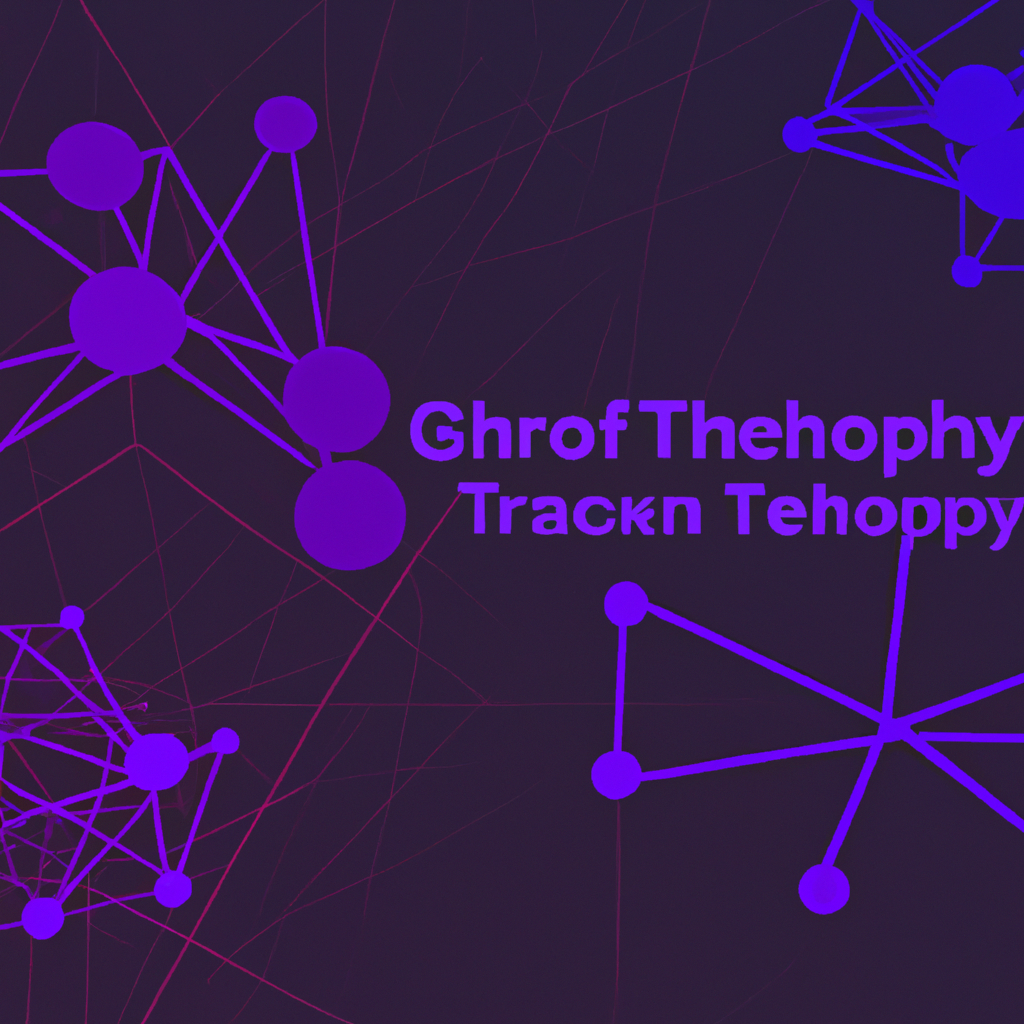The Role of Graph Theory in Network Analysis
Table of Contents
The Role of Graph Theory in Network Analysis
# Introduction:
In today’s interconnected world, the study of networks has gained significant importance. From social networks to transportation systems, understanding the complex relationships and interactions within these networks is crucial for various applications such as information dissemination, disease spread analysis, and recommendation systems. Graph theory, a branch of mathematics, provides a powerful framework for analyzing and modeling networks. In this article, we will explore the role of graph theory in network analysis, looking at both the new trends and the classics of computation and algorithms in this field.
# Graph Theory Basics:
Graph theory is concerned with the study of graphs, which are mathematical structures consisting of nodes (vertices) connected by edges. In the context of network analysis, nodes represent entities or individuals, and edges represent relationships or connections between them. Graph theory provides a set of tools and algorithms to analyze and extract meaningful insights from these networks.
One of the fundamental concepts in graph theory is the degree of a node, which refers to the number of edges connected to that node. The degree distribution of a network provides valuable insights into its structure and connectivity. For example, in social networks, nodes with high degrees often represent influential individuals, while nodes with low degrees may indicate isolated or peripheral members.
# Centrality Measures:
Centrality measures play a crucial role in identifying the most important nodes within a network. These measures aim to quantify the importance or influence of a node based on its position and connectivity within the network. Several centrality measures have been developed, each capturing a different aspect of node importance.
One of the most well-known centrality measures is degree centrality, which simply counts the number of edges connected to a node. However, degree centrality fails to capture the importance of nodes that are well-connected to other highly central nodes. To address this limitation, betweenness centrality considers the number of shortest paths passing through a node. Nodes with high betweenness centrality act as bridges between different communities within a network.
Another important centrality measure is eigenvector centrality, which takes into account the importance of a node’s neighbors. Nodes with high eigenvector centrality are not only well-connected but are also connected to other highly influential nodes, making them key players in information diffusion and influence propagation.
# Community Detection:
Networks often exhibit a community structure, where nodes can be grouped into densely connected subgraphs or communities. Community detection algorithms aim to identify these communities and understand the patterns of interactions within and between them. Graph theory provides various algorithms for community detection, each with its own strengths and weaknesses.
One popular algorithm for community detection is the Louvain algorithm, which optimizes modularity, a measure of the density of connections within communities compared to connections between communities. The Louvain algorithm iteratively optimizes modularity by moving nodes between communities, resulting in a partition that maximizes the modularity score.
Another widely used algorithm is the Girvan-Newman algorithm, which iteratively removes edges with the highest betweenness centrality, effectively breaking the network into smaller communities. This process continues until the network is completely disconnected, and the removed edges define the community structure.
# Link Prediction:
Link prediction is a challenging task in network analysis that aims to predict missing or future edges based on the existing network structure. Graph theory offers several techniques for link prediction, leveraging the connectivity patterns and properties of the network.
One simple approach is the common neighbors method, which predicts that two nodes are likely to be connected if they share many common neighbors. Another approach is the Jaccard coefficient, which measures the similarity between two nodes based on the ratio of common neighbors to the total number of neighbors.
More advanced techniques, such as graph-based matrix factorization and random walk methods, utilize the entire network structure to make predictions. These methods leverage the idea that nodes that are structurally close or have similar neighborhood structures are more likely to be connected in the future.
# Conclusion:
Graph theory plays a crucial role in network analysis, providing a powerful framework for modeling, analyzing, and extracting insights from complex networks. From centrality measures to community detection algorithms and link prediction techniques, graph theory offers a wide range of tools and algorithms to understand the structure, dynamics, and behavior of networks.
As technology continues to advance and networks become increasingly prevalent in various domains, the role of graph theory in network analysis will only grow in importance. The application of graph theory in areas such as social network analysis, transportation systems, and recommendation systems has the potential to revolutionize our understanding of complex networks and their implications.
In conclusion, the study of graph theory in network analysis is an exciting and rapidly evolving field that holds great promise for understanding and leveraging the power of interconnected systems. As graduate students in computer science, it is crucial for us to stay informed about the new trends and classic algorithms in graph theory to contribute to the advancement of network analysis and its applications in various domains.
# Conclusion
That its folks! Thank you for following up until here, and if you have any question or just want to chat, send me a message on GitHub of this project or an email. Am I doing it right?
https://github.com/lbenicio.github.io

